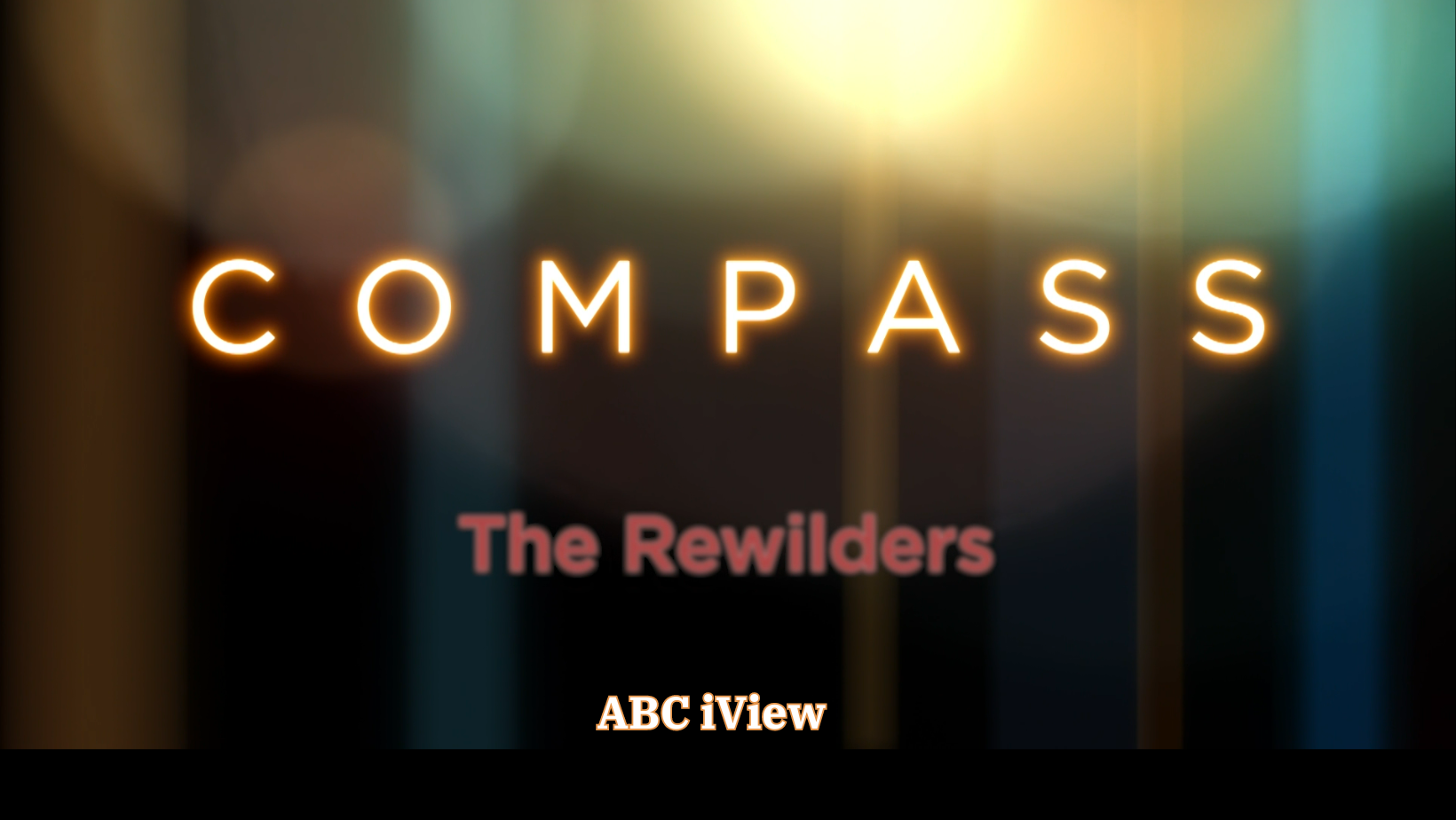Warp and Weave
/Over and under, over and under. My fingers grapple with the plant fibres, clumsy in their attempt to coordinate. Over and under, over and under. No, not this way, that way, I tell them sternly. After a time they find a fluidity in the circular motion, in the twisting and turning of warp and weave. The thinking frown at my forehead loosens, my body sinking into a slow moving meditation. Alongside the crackle of the campfire, I rest in the weaving rhythm and let the basket slowly but surely, find its shape.
I’ve been basket weaving for years on and off, but rarely do I find the time to sit down for a few consecutive days and finish something. Last week while out on a remote property was one of those precious times, and I grabbed it with both ends of the string.
My co-weaver Kate Rydgeand I travelled to Arnhem land togetherin 2007 to learn weaving atthe MapuruHomelands community. From dawn until well into the night we sat cross-legged with the resident weavers, listening to them chat away in Yolngu as they guided our fingers into their traditional designs. Out on country we learnt to harvest and strip their sacred Pandanus palm, how to dye the fibres with leaves and roots into the brilliant reds, yellows, greens and purples that hung like streamers around our weaving shelter.
Returning to Mapuruannually with her family, Kate has also become a master weaver and collects local plants and dyes for her creations. Amidst her swag of materials I find lomandra, dianella, coastal pandanus, bangalow palm, common water reeds and cabbage tree palm leaves – all abundant in this area. The blood grass root (haemodorum) has transformed many of them into the rich browns and rusty reds that I choose for my dilly bag.Kate starts on a coil and weave handbag for her sister-in-law, and tells me about theweaving workshops she has started offering.
“A group of women weaving together is bliss. It’s one of the most simple and yet ancient practices. You don’t have to do anything, but often find you drop into deep personal conversations – it’s so much easier to listen and be heard.”
“Weaving is also the place I go to for quiet contemplation.”
Almost a spin-off from the process itself is the resulting array of baskets of differing sizes, shapes, techniques and functions.
“I love that I can create something from the local environment that is organic, completely sustainable, straight from the earth, and not just beautiful, but truly of use.”
“You have to know your environment intimately to make a good basket - for me that’s deep nature connection.”
After a few days my dilly bag is pretty much complete, bar the strap. It’s a perfect size to hold my water bottle, but the greater gift is the zen-like calm I am carrying home with me.
Kate’s next weaving course is at Grassy Head on the 2nd and 3rd of April. See Bare Weaving on Facebook for more details.



